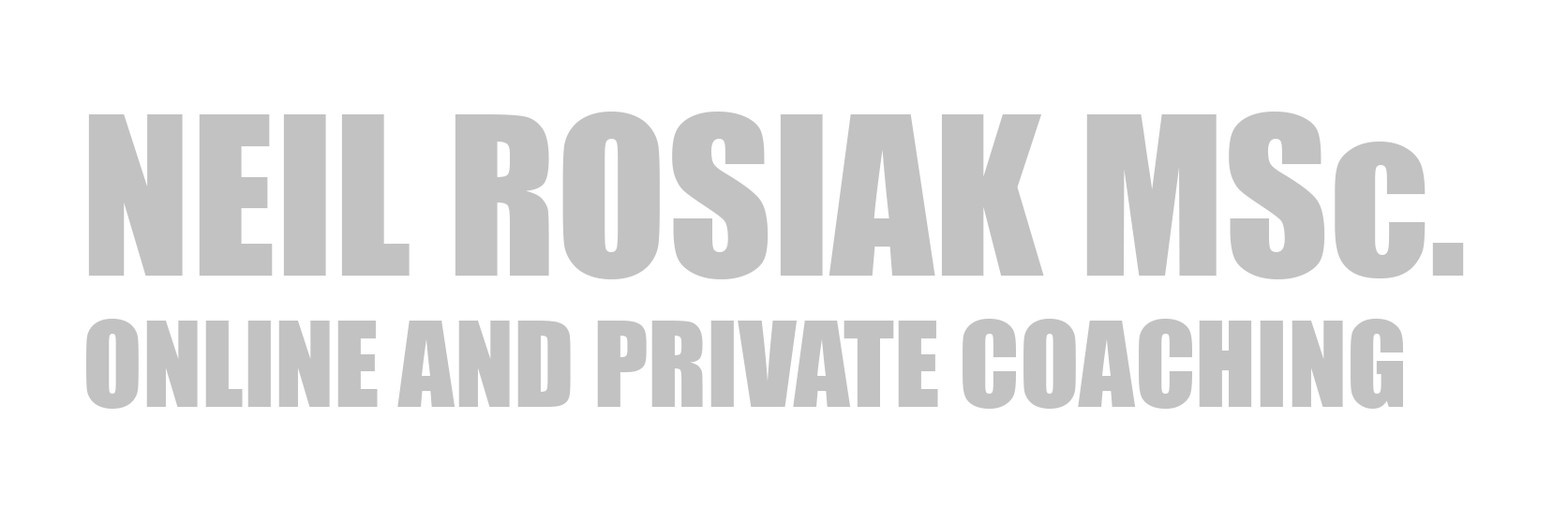What is primal training?
Looking to the past has been done many times before in history, in all sorts of topics. In fitness, the logic of looking toward the past makes a lot of sense. Our bodies (and minds) evolved to be successful in a hunter/gatherer capacity, which involved a lot of natural movement throughout the day, with some moments of higher intensity ‘exercise’, when hunting or fighting off attackers.
In evolutionary times we spent around 95+% of our evolution period living this type of existence. Our bodies and minds become conditioned to expect certain things. Of particular importance for the body, according to some biomechanists, was the need of the body to experience a wide variety of different types of natural movements. Our bodies also grew accustomed to receiving a large amount of quite low intensity exercise or movement, which imposed various types of mechanical loading on the various physical tissues of the body.
This can affect you down to a cellular level, if you do not impose the right type, quantity or intensity of physical loading/demand on your body. It’s often leads to the so-called ‘diseases of captivity’, which we can observer in wild animals when they become captive and forced to live in a vastly different way to the natural lifestyle.
The primal training philosophy is a good one, and it attempts to get people moving their bodies’ in ways and at intensities similar to those it was originally intended for. Personal training using a primal focussed philosophy introduces you to a very wide variety of movements and exercises, as well as plenty of homework and lifestyle advice.
What are commonly considered as primal movement patterns?
There are many ways that we can use our bodies, but we can simplify it to the following in a simplistic view of things;
- Hinge movements: Where the hip joint is the primary initiator of the movement.
- Squatting: Pretty self explanatory, there are many useful variations.
- Overhead pressing: Developing strength to press objects upwards.
- Forward pressing: Developing strength on the horizontal plane.
- Lifting up: developing your strength to pull yourself up.
- Pull to: Developing strength to pull objects (or people) towards you.
- Lunging: Split squatting in a staggered stance
- Gait: Walking and running movements
What are the benefits of adopting a ‘primal-focussed’ approach to exercise?
Using the primal philosophy is a useful approach to personal training, especially when the additional lifestyle homework is done. This is a great approach for anyone who wants to improve their general fitness, all-around health and wellbeing. Benefits are amplified if you gravitate towards a ‘primal’ approach to eating, avoiding processed low quality foodstuffs, and consuming only highly nutritious whole foods.
[/vc_column_text][/vc_column][/vc_row][vc_row][vc_column]




